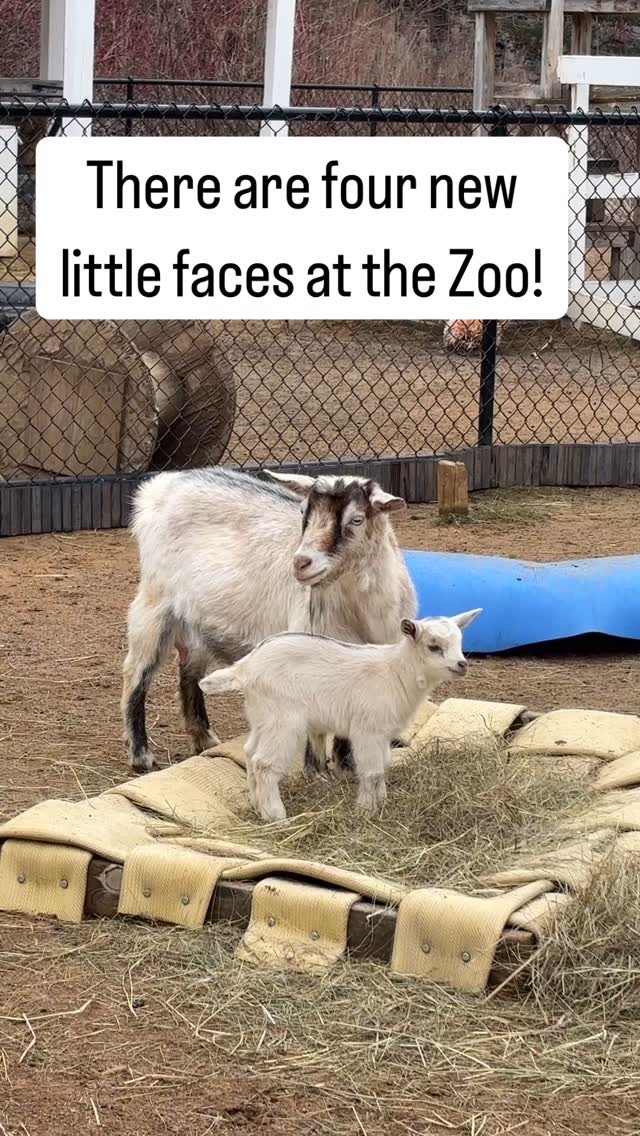- Introduction to the New Arrivals at Lake Superior Zoo
- The Importance of Zoo-based Breeding Programs
- Understanding Wildlife Conservation and its Challenges
- Details on the Animal Care and Management at Lake Superior Zoo
- Engaging the Public in Conservation through Interactive Experiences
Lake Superior Zoo, nestled on the edge of one of North America’s largest lakes, is a beacon of wildlife conservation and education. The zoo recently made headlines with the introduction of new animal births within its carefully managed environment. Visitors are invited to witness these adorable younglings—symbolizing the zoo’s dedication to species survival and public education.
The addition of new animals at any zoo brings excitement and educational opportunities. At Lake Superior Zoo, these births are celebrated, emphasizing the zoo’s role in fostering biodiversity and supporting endangered species. For many species that are difficult to breed in the wild due to habitat loss or poaching, zoos provide a secure habitat where they can thrive and contribute to population recovery. This breeds not only animals but hope for those species in peril.
Zoo-based breeding programs are vital for preserving species that face threats in their natural habitats. With wild populations dwindling due to various threats, zoos have become sanctuaries for genetic preservation and research hubs for reproductive science. By studying these animals outside their natural environments, scientists gain insights into their biology that can be critical for crafting conservation strategies. These programs are instrumental in sustaining genetic diversity, ensuring that reintroduced animals have the best shot at survival when released into the wild.
Achieving successful breeding and maintaining genetic diversity requires more than luck. It demands a deep understanding of each species’ needs, ranging from dietary to social behaviors. This knowledge is acquired through tireless observation and research. Innovative techniques, like artificial insemination and the use of genetic databases, are often employed to maximize success rates. These efforts symbolize a commitment to conservation that extends beyond the walls of the zoo and into global ecosystems.
Wildlife conservation, as a field, faces numerous challenges. These include habitat destruction, climate change, and poaching, all contributing to the decline of wildlife around the globe. Zoos like Lake Superior Zoo play an influential role in addressing these challenges. Through meticulous captive breeding efforts and educational outreach, zoos contribute significantly to conservation awareness and provide a platform for scientific research.
One of the main challenges is habituating captive-bred animals for survival in the wild. This involves gradually introducing them to elements they would encounter outside captivity, such as predators, varying weather conditions, and sourcing natural food. Each of these factors is a puzzle piece in the complicated picture of wildlife conservation.
The Lake Superior Zoo exemplifies excellence in animal care and management. Caring for animals from birth to adulthood requires comprehensive planning and an agile adaptation to each animal’s needs. The zoo’s team of veterinarians and animal care specialists work tirelessly to monitor the health and well-being of every creature, implementing tailored nutrition plans and medical care.
Alongside this, the zoo invests in the habitat’s authenticity, ensuring enclosures mimic the natural environments closely—both aesthetically and functionally. This not only keeps the animals mentally and physically engaged but also prepares them for any future release into similar habitats in the wild. By providing such high standards of animal care, Lake Superior Zoo sets a benchmark for others in the field.
Educating the public is another key component of the zoo’s mission. Interactive experiences, such as meeting new arrivals, provide visitors with tangible connections to wildlife. These experiences foster a deeper understanding of animals and the need for conservation efforts. By engaging visitors with dynamic storytelling and hands-on learning, the zoo aims to inspire the next generation of conservationists.
Lake Superior Zoo’s programs are designed with both education and conservation in mind. Visitors gain an appreciation for wildlife, and many leave with a renewed sense of stewardship toward protecting these magnificent creatures. The ability to observe young animals provides a visceral reminder of the beauty and fragility of life, inspiring an emotional connection that textbooks alone cannot convey.
In conclusion, the introduction of fresh arrivals at Lake Superior Zoo is more than an attraction; it is a symbol of hope and hard work in the field of conservation. These new lives represent a commitment to protecting wildlife for future generations and illustrate the critical roles zoos play in global conservation efforts. Whether through breeding programs, public education, or habitat preservation, zoos are vital in the intricate dance of sustaining Earth’s biodiversity. The Lake Superior Zoo stands as a testament that conservation efforts can indeed make a world of difference.
*****
Source Description
Come meet these fresh arrivals, born right here at the Lake Superior Zoo!


